Autonomic Nervous System
The Autonomic Nervous System (ANS) is a part of the central nervous system responsible for influencing and controlling different organs, structures, and glands of the body. It is made up of two subdivisions: the sympathetic nervous system (SNS) and the parasympathetic nervous system (PSNS). The sympathetic division is responsible for activating the body's "fight or flight" response, which helps the body work more efficiently in times of stress, while the parasympathetic division is primarily responsible for calming the body and restoring a homeostatic balance. The ANS is part of a large network of neurons and nerve fibers, which are interconnected to nerve cells in the brain and spinal cord. This network works together to control different organs and regulate bodily processes such as digestion, blood pressure, respiration, temperature, and heart rate. The ANS is capable of operating without conscious thought, such as when the body automatically regulates its breathing while sleeping. It is also responsible for triggering and controlling the body's involuntary responses to emotions or physical stimulus. The ANS is controlled by neurotransmitters which act as chemical messengers that travel between neurons and are responsible for carrying impulses through the nervous system. The neurotransmitters that influence the ANS are acetylcholine, adrenaline, noradrenaline, and serotonin. When these neurotransmitters are released by the ANS, they cause changes in the body such as an increased heart rate, perspiration, and respiration. In summary, the Autonomic Nervous System is an essential part of the body responsible for influencing and controlling the organs and glands, thereby maintaining homeostasis. Its subdivisions, the SNS and PSNS, work together to trigger involuntary responses as well as calming the body in response to physical and emotional stimulus. It is driven by four primary neurotransmitters which help regulate the body’s functions and preserve a consistent physiological environment.
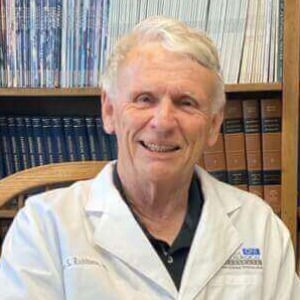
Joe Sam Robinson
Mercer University, United States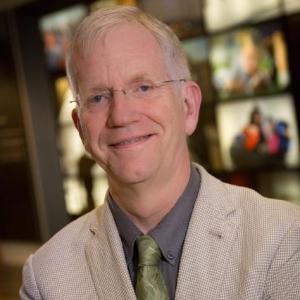
Robert B Slocum
University of Kentucky HealthCare, United States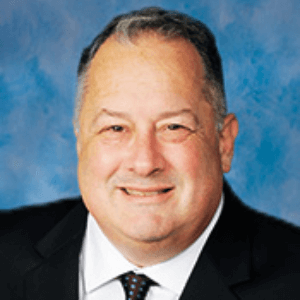
George Diaz
Memorial Healthcare Systems, United States
Daniel Curry
Texas Children’s Hospital, United States
Zhenhuan Liu
Guangzhou University Chinese Medicine, China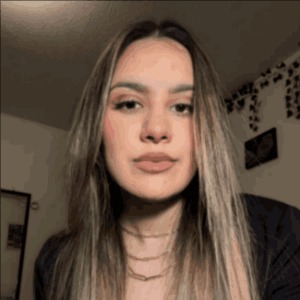
Kiran Ghotra
Lake Erie College of Osteopathic Medicine, United States
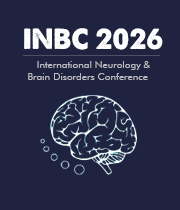



Title : Atypical presentation of Juvenile myoclonic epilepsy in a 16-year-old female: A Case Report
George Diaz, Memorial Healthcare Systems, United States
Title : What we don’t know about hydrocephalus and It’s management
Daniel Curry, Texas Children’s Hospital, United States
Title : Artificial intelligence-driven DWI and FLAIR for the detection of early stroke changes: A systematic review
Shari L Guerra, The Medical City, Philippines
Title : Mapping neuroplasticity in occupational therapy: Evidence-based interventions with measurable neural outcomes
Jessica Marchant, Texas Woman's University, United States
Title : Non-pharmacologic management of orthostatic hypotension in inpatient rehabilitation: A quality improvement initiative
Laura Steakin, Rehabilitation Institute at Sinai, United States
Title : Non-pharmacologic management of orthostatic hypotension in inpatient rehabilitation: A quality improvement initiative
Mackenzie Weber, Rehabilitation Institute at Sinai, United States